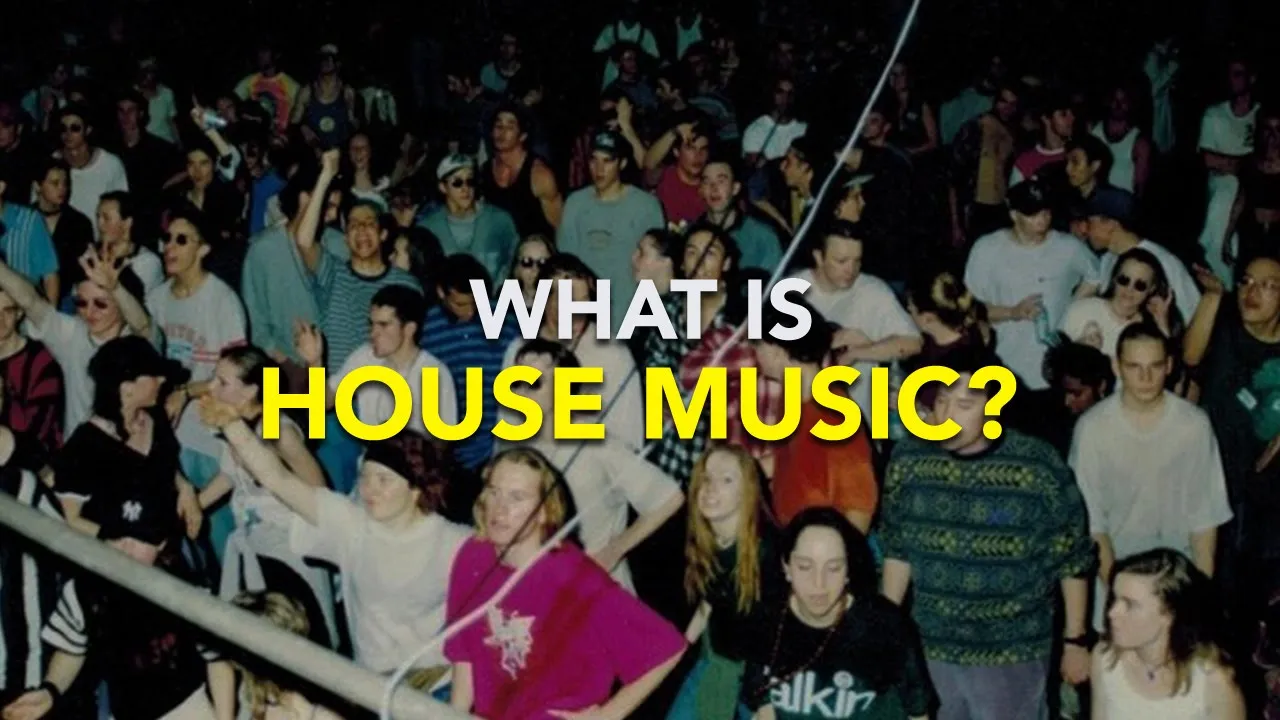What Is House Music? An In-Depth Guide for New Listeners

House music: it’s the heartbeat of clubs, the soul of dancefloors, and the foundation of much of today’s electronic music. Whether you’ve caught a groove at a festival or found yourself lost in a late-night DJ set, house music is likely what kept you moving. But what is house music, exactly? Let’s dive into its history, sound, and the many subgenres that keep it fresh decades after its birth.
What Is House Music?
House music is one of the earliest and most influential genres within electronic dance music (EDM). It emerged in the late 1970s and early 1980s, evolving directly from disco. As disco faded from mainstream popularity, house music took its place, offering an infectious, repetitive beat that was perfect for dancing all night long.
Over the past forty years, house has inspired billions of listeners and spawned countless subgenres. Nearly every style within EDM can trace its roots back to house, making it a true pioneer of electronic music.
If you’re interested in a deep dive into dance music’s evolution, this detailed timeline of electronic music is a fantastic resource.
The Sound of House Music
So, what does house music actually sound like? Classic house is defined by:
- A steady four-to-the-floor beat: Usually between 118–130 BPM, featuring a strong kick drum on each beat.
- Prominent use of drum machines: Legendary machines like the Roland TR-808 and TR-909 shaped the genre’s early sound.
- Rhythmic hi-hats and claps: Open hi-hats hit the offbeats, with claps or snares on the second and fourth beats.
- Deep, groovy basslines and synth riffs: Repetitive, catchy, and designed to get your body moving.
- Soulful or funk-inspired vocals: Sometimes sampled, sometimes original, adding emotional depth to the grooves.
Sampling and affordable electronic instruments allowed early producers to craft tracks independently, sparking an explosion of creativity in home studios and clubs alike.
The History of House Music
The term “house” comes from Chicago’s legendary Warehouse club, where DJ Frankie Knuckles blended disco, funk, and electronic sounds in the late 1970s. His innovative mixing style created a fresh, irresistible vibe that club-goers soon dubbed “house music.” Other Chicago pioneers like Larry Heard (Mr. Fingers), Jesse Saunders, Ron Hardy, and Farley Jackmaster Funk helped to shape the genre.
As technology progressed, drum machines, synthesizers, and samplers became more accessible, empowering a new wave of producers to push the boundaries of dance music. By the mid-1980s, house was flourishing across the U.S. and, soon after, the world.
Want to learn more about the origins of house music? Check out this comprehensive history of house music featuring insights from Frankie Knuckles himself.
The Major Subgenres of House Music
House music isn’t just one sound – it’s a family of styles. Here’s a quick look at some key subgenres:
- Acid House: Born in Chicago, defined by the squelchy sounds of the Roland TB-303. Listen to Phuture’s “Acid Tracks” to experience the classic acid vibe.
- Afro House: Blends house grooves with African rhythms and vocals, channeling a tribal energy.
- Bass House: Infuses house with heavy basslines and influences from genres like dubstep.
- Big Room House: Made for massive festivals, with huge drops and minimal melodies.
- Chicago House: The original style, with tracks like Jesse Saunders’ “On And On.”
- Deep House: Soulful, lower-tempo, with lush chords and smooth vibes.
- Electro House: Harder drums, sawtooth basslines, and a punchy, modern feel.
- Hard House: Fast, driving beats, popular in the UK club scene.
- Future House: Funky, bouncy, and forward-thinking, pioneered by artists like Tchami.
- Latin House: Latin rhythms and instrumentation blended with house structure.
- Piano House: Euphoric, piano-driven melodies, ideal for uplifting dancefloors.
- Progressive House: Melodic, evolving arrangements; think Sasha, John Digweed, and modern festival anthems.
- Tech House: Minimal, percussive, and hypnotic, bridging house and techno.
- Tribal House: Heavy on ethnic percussion and groove, drawing from world music traditions.
For a deeper exploration of subgenres, this house subgenres guide provides audio examples and context.
Essential House Music Artists
House music’s rich legacy is shaped by artists old and new. From pioneers like Frankie Knuckles and Marshall Jefferson to contemporary stars like Fisher and Jamie Jones, the genre’s creative spirit is alive and thriving.
To discover more artists, check out this curated list of influential house musicians.
Create Your Own House Music with AI
Inspired to make your own house track? The rise of AI music creation tools has made it easier than ever to produce house beats, write lyrics, or generate entire songs. For a truly innovative and free online experience, try an AI-powered house music generator that lets you customize styles, generate lyrics, and produce tracks in minutes—even if you have zero musical experience!
Conclusion
House music’s legacy is undeniable—it’s the backbone of electronic dance music, celebrated for its infectious rhythm and endless capacity for reinvention. Whether you’re a listener, dancer, DJ, or aspiring producer, there’s a place for you in the house community.
Want to learn more, listen, or even create your own tracks? Explore the resources above and start your journey into the world of house music today.
